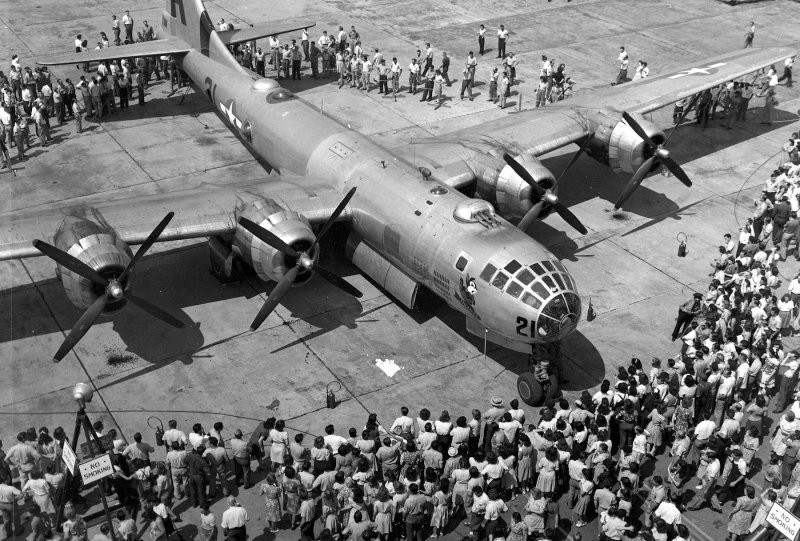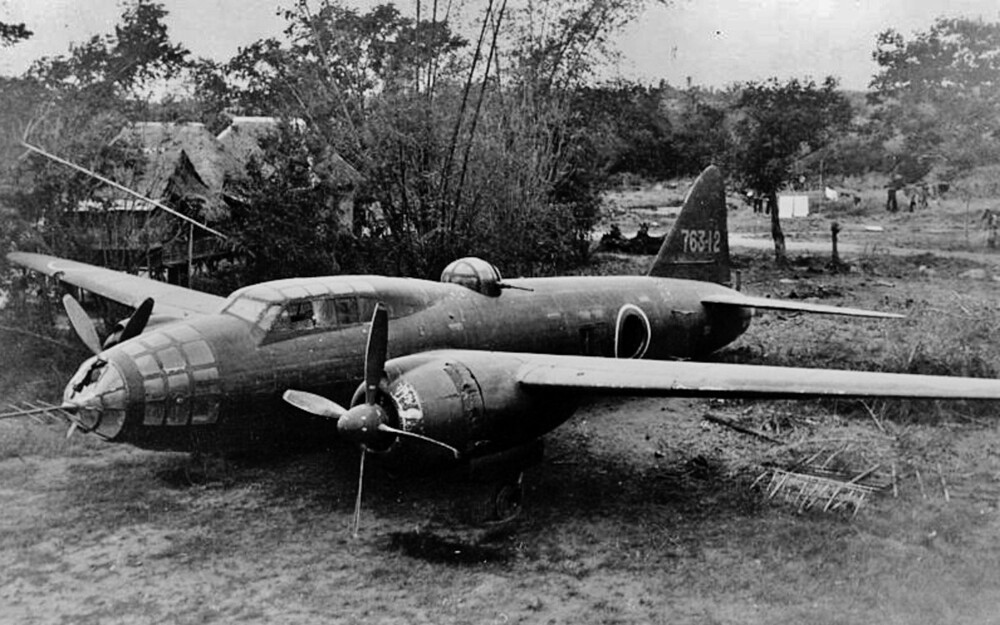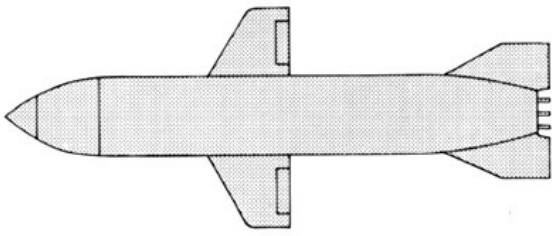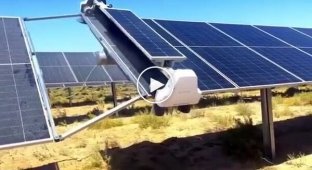Funryu. Unique developments for Japanese air defense (7 photos)
Japan during World War II tried to create various types of weapons that could turn the tide of the conflict in their favor. Among these weapons, the unique Funryu missiles stood out, which became one of the prototypes of modern air defense systems. 
Artistic depiction of "Funryu-4"
Awareness of disaster
By 1943, the Japanese had lost their advantage in the air: their fighter aircraft suffered significant losses, and the existing aircraft were significantly inferior in performance characteristics to their overseas rivals. Since 1944, B-29 Superfortress bombers, which were practically inaccessible to Japanese fighters, began to pose a particular danger. At the same time, the air defense was fundamentally unable to cope with its tasks due to the small number of physically and morally outdated anti-aircraft weapons. The situation was catastrophic, and engineers began to take measures to develop new types and systems for combating enemy aircraft.
Searching for solutions
Attempts to develop artillery systems failed: most guns simply did not reach the flight altitude of the B-29, and the 100 mm Type 98 gun and 150 mm Type 5 gun were heavy and expensive both to manufacture and to operate. At the same time, a serious lag in the development of aviation and a lack of fuel resources did not allow solving the problem through the creation and production of new aircraft, although such attempts were made until the end of the war. It was decided to use the developments of the program for creating anti-aircraft NURS on the basis of lower production and maintenance costs, as well as the possibility of rapid construction from available resources. Prior to this, in 1943, three types of sea-based anti-aircraft missiles had already been developed and tested - “Ro-Tsu”, “Ro-Sa” and “Ro-Ta”. Based on the research results, all three projects were considered irrational, and Ro-Tsu was even considered too dangerous. 
B-29 Superfortress, which initiated attempts to develop Japanese air defense systems
Phosphorus was used in the warhead of these missiles, so maintenance personnel had to wear special protective suits and move as far away from the installations as possible when launching missiles. But the developments on these prototypes were preserved. At the same time, there was the Funryu-1 anti-ship missile, which had the ability to be controlled by radio. It was decided to combine these projects and create on their basis a new miracle weapon capable of restoring, as it seemed to the Japanese, air superiority. As a result, all projects, starting with Funryu-2, were developed in parallel until the very end of the war in 1945. 
120 mm Ro-Tsu Dan missiles in a launcher. Such installations were installed on IJN Ise
Project development
The first prototype, Funryu-1, was the only prototype that was created for use from an aircraft and was also an air-to-surface missile. It was a miniature plane, inside of which there were 400 kg of explosives. The carrier was a Mitsubishi G4M bomber, which also had a missile control post via radio channel. This project was reminiscent of the German Hs 293 rockets, which had a similar operating principle. This project was abandoned because the guidance system was imperfect and required a lot of time to adjust, and after the defeat at Leyte Gulf, the American fleet gained supremacy at sea and ensured effective suppression of aviation. According to some reports, there was a version of the Funryu-1 Go for launch from the ground or ships due to installation, but the idea was a failure, since the missiles could barely leave the surface. 
Mitsubishi G4M, carrier of "Funryu-1"
Funryu-2 was already a surface-to-air missile, like all subsequent models. Its length was 2.3 meters, its own diameter was 0.3 meters. The appearance of the prototype resembled a howitzer shell with the addition of fins and an engine. The mass was 370 kg, of which 50 were the warhead (high-explosive or, presumably, high-explosive incendiary San-Shiki). The rocket's solid propellant jet engine (SRJ) consisted of 18 powder bombs and was designed specifically to provide good performance. As a result, the rocket could accelerate to 845 km/h and reach an altitude of 5 kilometers. The missile was controlled from the ground: the gunner watched the target through the sight and, using the “up-down” and “left-right” commands, adjusted the flight of the projectile to the target. Probably the fuse wascontact with an additional radio command for detonation. During testing, the rocket showed a tendency to wobble, and the altitude and speed were considered insufficient. 
Schematic representation of Funryu-2
Since experiments with turbojet engines showed unsatisfactory performance, it was decided to create further samples using a liquid jet engine (LPRE), which was considered promising and capable of achieving the required performance. “Funryu-3” differed from the previous rocket in the presence of a liquid-propellant rocket engine, but it was never possible to create a completely proprietary engine. The design and control system were found to be unsuitable and the project was quickly abandoned.
Simultaneously with the development of the Funryu missiles, in the summer of 1944 the Japanese tried to deliver a sample of the Me.163B fighter with a Walter HWK.509A liquid-propellant rocket engine. The submarine with its cargo was sunk near Singapore, but most of the maintenance and operation documents were preserved. Based on this documentation, the engine was relatively successfully recreated and put into production under the name Toku-Ro 2 (KR.10). It was decided to use it for the Funryu-4 rocket. Because of this, it greatly increased in size (4 m in length and 0.6 m in diameter), and its weight reached 1900 kg. Due to such a large mass, the rocket could not be launched vertically: for this, an installation with an inclination of 45 degrees was used. The theoretical speed of the missile was 1099 km/h, and the range and altitude of hitting the target were mind-blowing for those times - 30 and 15 kilometers. The radio guidance system was noticeably improved: now 2 radars were used for this, one of which guided the enemy, and the second - the missile itself. At the same time, an automatic computer correlated data from radars and transmitted commands to the rocket to correct the flight. The gunner only monitored the process and detonated the rocket at the right moment. To compensate for accuracy, the mass of the warhead increased to 200 kg. In the future, the project was supposed to implement a non-contact automatic fuse and a “friend or foe” system for using the missile together with allied interceptors. 
Schematic representation of Funryu-4
Tragic fate
None of the missile prototypes ever went into production, since work dragged on until 1945, when the war was already lost and the project lost all meaning. To prevent the developments from going to the victorious countries, almost all materials were destroyed, and engineers and specialists were fired. And from a huge project with very serious potential, only grains of information have been preserved.





















